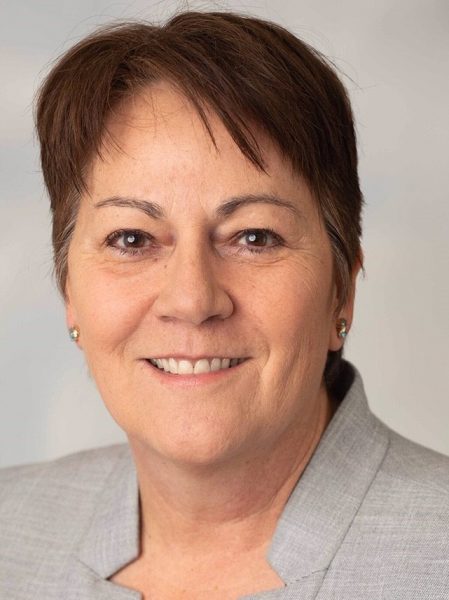
Ancient Cave Cats of Texas
Located just north of San Antonio, Natural Bridge Caverns is one of the most popular tourist destinations in Central Texas. Each year, over 250,000 visitors venture underground to marvel at its massive chambers and dramatically lit formations. But there is more to Natural Bridge Caverns than what is open to the public. The caverns are the largest in the state by...
Department of Earth and Planetary Sciences
After more than 50 years as the Department of Geological Sciences, the geosciences department at The University of Texas at Austin has a new name: The Department of Earth and Planetary Sciences. But what’s in a name? Anton Caputo, the editor of The Geoscientist, sat down with Danny Stockli, the chair of the newly named department to learn more about the reason...
In Search of the Next Big One
On Jan. 26, 1700, a barrage of tsunamis ripped across the Pacific Ocean at the speed of a jet liner. The 100-foot waves slammed into the northwest coast of America and carved a path of destruction 3 miles inland. Hours later, towering waves destroyed coastal villages in Japan, searing the catastrophic event into the cultural memory of people on both...
The Actual Cost of Electricity
The goal of the energy transition is simple: Lower emissions and still provide enough energy for society to grow and prosper. “It’s really a matter of energy addition plus emissions reduction,” said Bureau of Economic Geology Director Scott W. Tinker, who is considered one of the world’s leading experts on energy issues. “The world needs more affordable, reliable energy — not less...
News
Ancient Buc-ee Beaver
The most famous beaver in Texas has made it into the fossil record, thanks to...
Penetrating Ice on Earth and Beyond
Scientists at the University of Texas Institute for Geophysics (UTIG) have developed a radar technique...
When Air Pollution and Climate Change Mix
The impacts of air pollution on human health, economies, and agriculture differ drastically depending on...
Decarbonizing the Energy Port
America’s largest energy port is looking to permanently store its greenhouse gas emissions under the...
Soil Moisture in Real Time
Over the past year, researchers at the Bureau of Economic Geology have been working to...
Newly Discovered Layer of the Earth
Scientists at the Jackson School of Geosciences have discovered a new layer of partly molten...
Awards and Honors
Professor Jay Banner is a finalist for Baylor University’s 2024 Robert Foster Cherry Award for...
Dean's Welcome
Welcome to The Geoscientist!
I hope you enjoy the cover photo of doctoral student John Moretti as much I do. Although we don’t all get to go spelunking into the depths to solve ancient mysteries, as John does, it is a good reminder that as geoscientists we travel a variety of paths in search of answers to some of the world’s most fascinating and important questions.
In this issue, for instance, you will read about the efforts of our scientists and students to get to the bottom of the impacts and costs of producing electricity. Their cradle-to-grave analysis offers a thorough accounting of the environmental impacts and costs of natural gas, solar and wind energy production, as well as the electricity storage and transmission needed to ensure the system is reliable. We eventually hope to expand their effort to other energy sources, such as geothermal and hydrogen.
The energy transition and the drive for lower- carbon electricity production makes this type of study fundamentally important to making well-informed decisions that will affect us all. I hope you enjoy the story and follow the project.
I am also tremendously excited about the ongoing work our geophysicists are leading to improve understanding of — and one day, forecast — earthquakes. “In Search of the Next Big One” is a story that provides a good overview of those efforts. It’s a nice introduction to many of the members of the team at the Jackson School of Geosciences and the variety of approaches they are using to tackle the issue. From listening to the “creaks and groans” of the earth to building advanced earthquake models, this work demonstrates the breadth of science a modern geoscientist must employ.
The field of geosciences has never been more exciting or important. If you are interested in learning more about who we are and what we do at the Jackson School, we welcome your interest and look forward to talking with you!
Happy reading!

